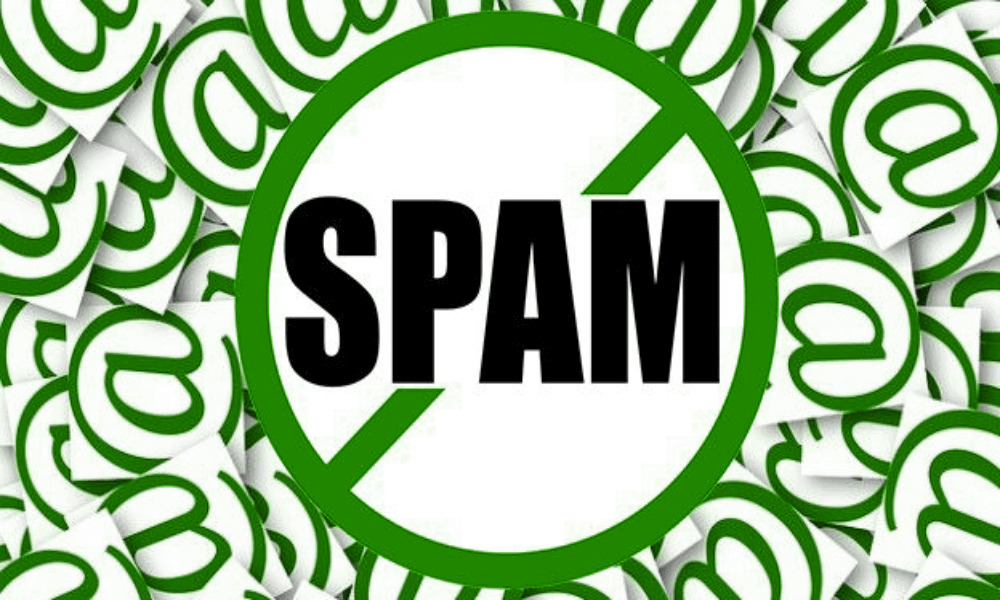It’s that time of year, and Santa’s not the only one making lists! December sees businesses everywhere scrambling to get their customer and contact lists organised so they can send or email seasonal greetings. All too often, the contact database just isn’t up to the job!
Do any of these sound familiar?
- Where’s last year’s list? It’ll be a good starting point.
- We’d better ask all the sales team how many cards they’re going to need.
- Who are all the new clients we got over the year we need to add to the list?
- I send him emails all the time but his address isn’t in my contacts list
- What’s John’s last name?
- Have we got all their addresses somewhere? It’s going to take ages to get them together
The amount of time and effort required to send all your customers a card or email once a year is a good indicator of how much work you need to put in on your contact database. If it’s a major undertaking, chances are you’re not communicating all that effectively the rest of the year either. And if it’s this difficult to reach out to your existing customers, what about leads and prospects?
For many of us in Australia, the New Year is a relatively quiet time. It can be an ideal opportunity to get existing contact information organised and establish a process to add new contacts as they come along. And whether you’re using an Excel spreadsheet or Outlook or an expensive CRM system, there are some simple basics about data structure which you should think about right at the start:
1. Keep the first name and the last name as separate fields
This means you can insert just a first name in an email. ‘Dear Bridget’ or ‘Bridget, would you like to save time on administration?’ reads so much better than ‘Dear Bridget Holland’, or ‘Bridget Holland, would you like to save time on administration?’
2. Decide on a format for phone numbers and stick to it.
This can be problematic! Not all software treats those leading zeros nicely. Not all software likes spaces in the middle of a number. There’s a whole post of practical how-tos on getting your phone numbers to work the way you want them to, but first of all, decide how you want them to work!
- Are you going to separate the area code into a different field?
- What about country codes? If your business is international, you might want to collect these from the start.
A final hint – if you’re collecting via a webform, it doesn’t hurt to tell users upfront what format you’d like them to enter.
3. Use categories – but remember contacts can be in more than one category
Drop down boxes are good if a contact can only be in one category, Otherwise you could set up multiple yes/no fields. Simple set to yes for every category the contact belongs in.
You can leave the categories as free text, but this makes it difficult to select a segment when you want to – and that’s the main point of categories after all. So where possible set limited options, even if one of them is ‘other’.
Common categories for business to business include:
- kind of relationship (lead, prospect, customer, ex-customer, supplier, partner)
- company size (number of employees, number of locations, turnover)
- company industry
- contact job function (titles vary, but try to decide which functional area(s) each contact is responsible for. The commonest are general management, finance, operations, IT, HR, sales, marketing, customer service.)
4. Include a ‘date created’ field
It doesn’t hurt to do and can be useful in all sorts of ways. At the very least, it allows you to track how many new contacts you are making over time – and whether you’re getting better or worse at it!
5. Include a ‘source’ field saying how this person got onto your contact database in the first place
This not only helps when they complain that you are spamming them and want to know how you got their details in the first place, it’s also very useful for marketing analysis. Which sources are giving you the contacts who go on to place orders?
Very clever people may want to set up categories of source (drop-down list) as well as specific sources (free text, in a separate field). For example, someone I met at the Sydney Shop Small conference this November might have a source category of ‘personal networking’ and a specific source of ‘Shop Small Nov 2013’.
6. Don’t delete contacts who want to be taken off a mailing list – use a ‘do not mail’ flag instead
So that when you rent or buy an external list which includes their details, you can cross-reference, remove them from the list mailed and avoid getting reported for spam.
If you’re feeling really clever you can also have a date they requested to be removed. This enables tracking of unsubscribe trends and helps you monitor the health of your database.
So that’s a few ideas from me on essential data fields for your new (or improved) contact database. Would love to hear your comments and thoughts, even if you disagree.







